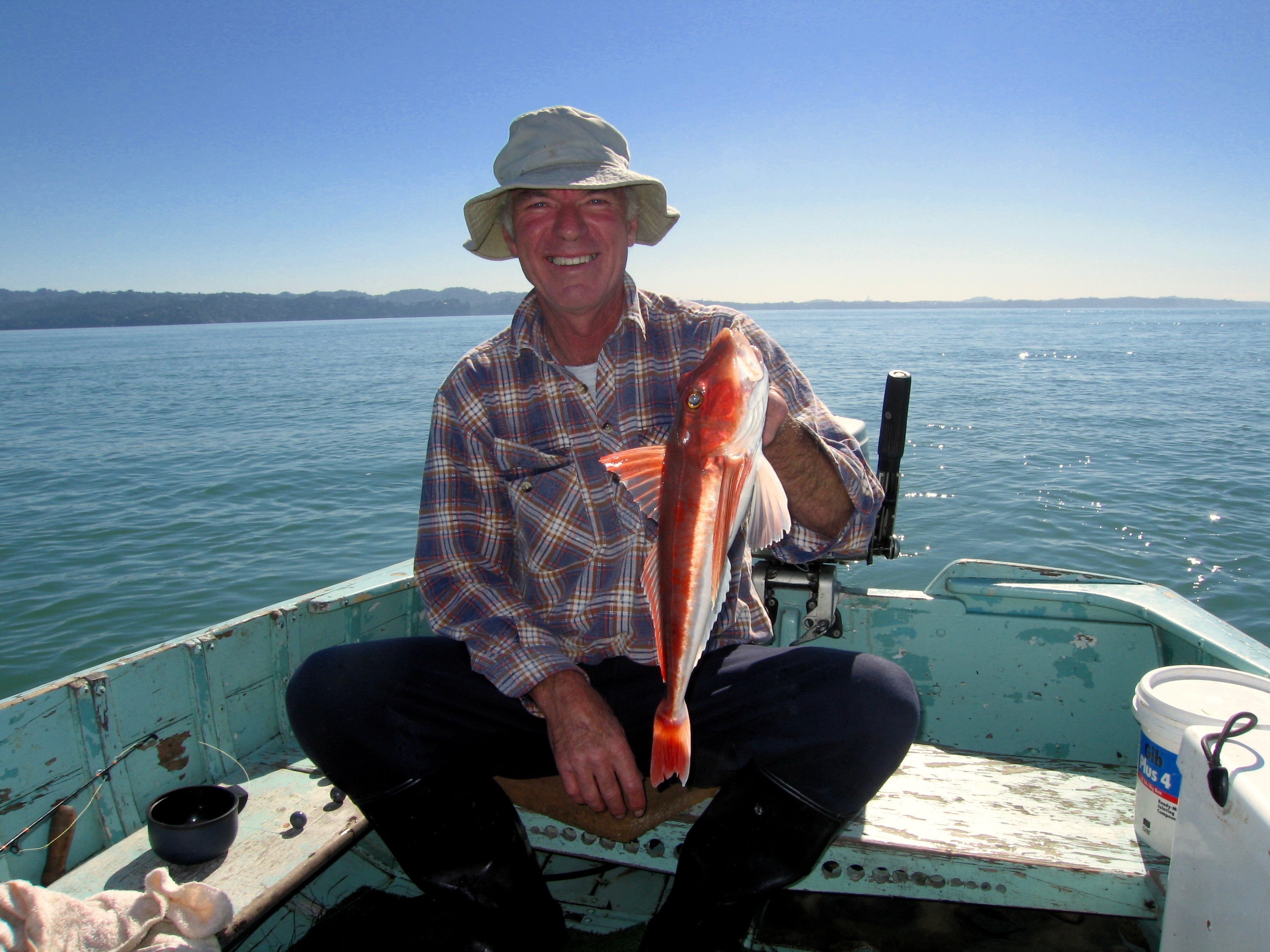It’s a pass mark for the Minister’s fisheries management decisions for the start of the October fishing year and a hurry-up for Fisheries New Zealand to gather vital data over the next 12 months. That pass is only valid if action is taken to do further work.

Fisheries New Zealand need to be monitoring the impacts of increased trawling, and amending the rules applying in the South Island blue cod fishery, North Island hāpuku, snapper and gurnard fisheries.
Changes will apply to 15 fish stocks, with some large catch reductions and some increases where stocks have started to rebuild. Rebuild timeframes will vary and many stocks do not have well defined management targets.
Hāpuku and bass
Hāpuku and bass catch limits have been reduced for all fishers around the east and south of the North Island. To be effective we still need some reef systems to be closed and improved monitoring as further catch reductions may be required to sustain these slow growing, long lived fish. LegaSea Hawke’s Bay will work with commercial interests to apply and monitor the success of closing a local reef to hāpuku fishing.
Blue cod
In July we submitted for the Minister, Hon. David Parker, to make a precautionary decision for South Island blue cod, by cutting commercial catches by 32 percent. He agreed to a 20 percent reduction, an increase in the penalty rates for overcatch, and a commitment to address Canterbury fishers’ concerns about the unfair traffic light system that has severely reduced access to a reasonable day’s catch.
Snapper
It is great to see snapper abundance on the North Island’s west coast increased substantially after decades at low levels. The fishing companies were hoping for a 100 percent commercial catch limit increase. The Minister granted a 23 percent increase and promised another management review within three years.
The snapper decision is positive however, there are still concerns about the impact of increased trawling on associated species such as gurnard, John dory, tarakihi and trevally. There is incomplete information on these depleted species and we must review the effect of increased trawling before further snapper catch increases are considered.
Gurnard
In the north there is a ridiculously large management area for gurnard, stretching from south Waikato, around North Cape and down to East Cape. This makes gurnard vulnerable to localised depletion while the overall stock looks okay. For example, in 2002 researchers surveying the Hauraki Gulf estimated only 24 tonnes of gurnard remained in the Gulf, which spans 1.2 million hectares.
From October 1st the Minister has cut commercial catch limits by 65 percent. This is a good start however, based on the last three years catches the new 800 tonne limit will not constrain overall commercial catch. Parker has asked Fisheries New Zealand to update the stock status report and provide advice on splitting the management area into separate east and west coast gurnard stocks so he can better manage future catches.
Southern bluefin tuna
The allowance set aside to provide for recreational interests in the southern bluefin tuna has never been enough to match what is caught, even with conservation measures in place. The commercial quota of 1088 tones has consistently been under caught while the allowance for recreational fishers was set at 20 tonnes in 2018, and stricter controls were applied to recreational fishing and the bag limit last year.
The Minister had the choice to allocate the available 14 tonnes to commercial interests or go with the majority of submitters and add it to the recreational allowance. This year the Minister has increased the recreational allowance to 34 tonnes and asked Fisheries New Zealand to review the rules applying to catches taken from charter vessels.
The New Zealand Sport Fishing Council has argued for years that the allowance needs to be 40 tonnes so that fishery can continue to develop responsibly. The Council and LegaSea continue to promote responsible fishing practices so it is important that this work is supported by a realistic allowance.
Coromandel scallops
In early September the Minister approved the Ngāti Hei application for a 2-year temporary closure of east Coromandel waters to all scallop harvesting. Between now and 2023 we have the opportunity to develop effective measures to rebuild and potentially reseed depleted areas with scallops. We appreciate the Minister’s recognition of Ngāti Hei’s intention to give the eastern Coromandel scallop beds a rest. The concerns are now on the displaced dredging effort moving towards Kawau Island and around the Barrier Islands. We will continue to talk with the Minister and others in our quest to ban dredging in the Hauraki Gulf and coastal environment.
Summary
Overall, David Parker has made some positive decisions given the science and recommendations for greater commercial catches put to him by Fisheries New Zealand. These were significant decisions with the promise of further work to come.
The Minister seems intent on improving protection of the marine environment by rebuilding stocks and limiting the impacts from harmful fishing practices. Monitoring the effects of increased trawling on the west coast will be crucial.
Another outstanding feature of Parker’s decisions is the clear understanding that he has the statutory authority to set aside a greater tonnage to ‘allow for’ Māori customary and recreational non-commercial fishing interests before making an allocation for commercial interests. And, that he could make decisions beyond what his Ministry recommended. Pete Hodgson did it in the early 2000s, David Parker this year. Both deserve bouquets for making the distinction.




